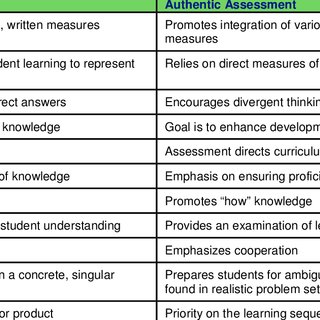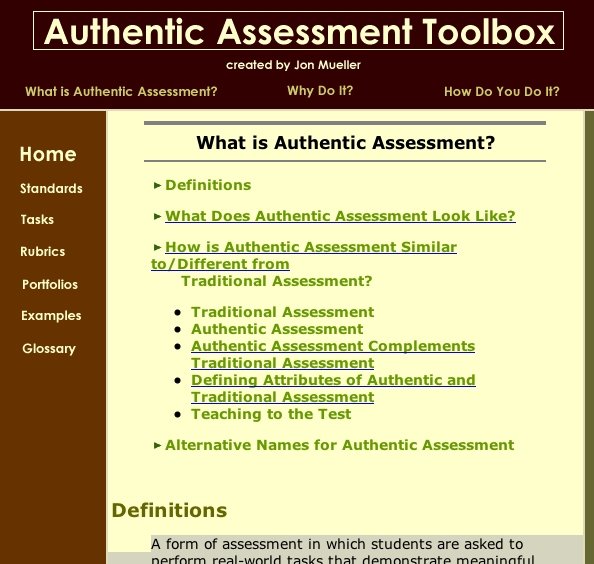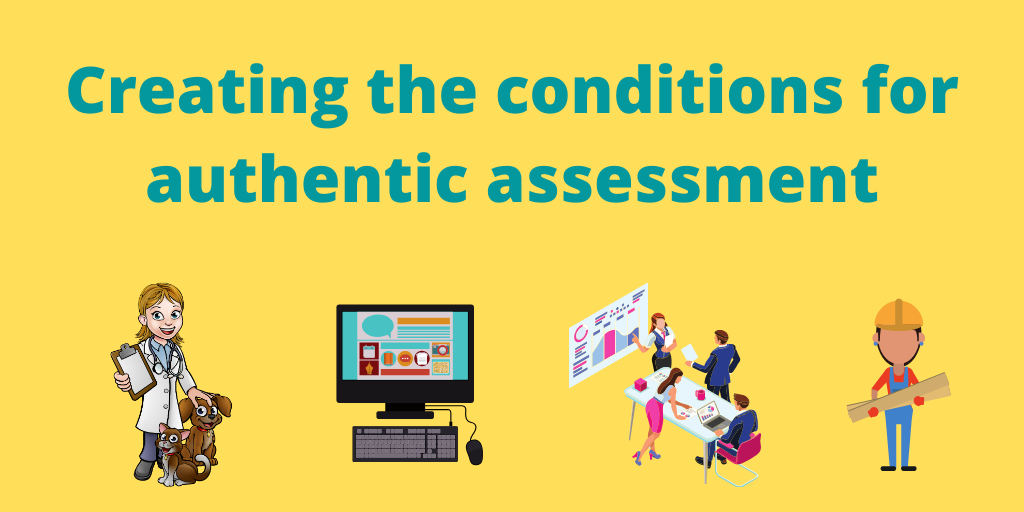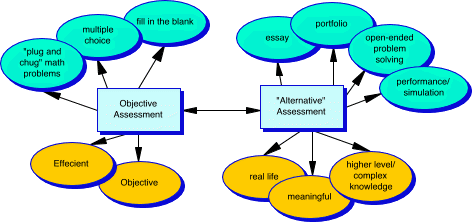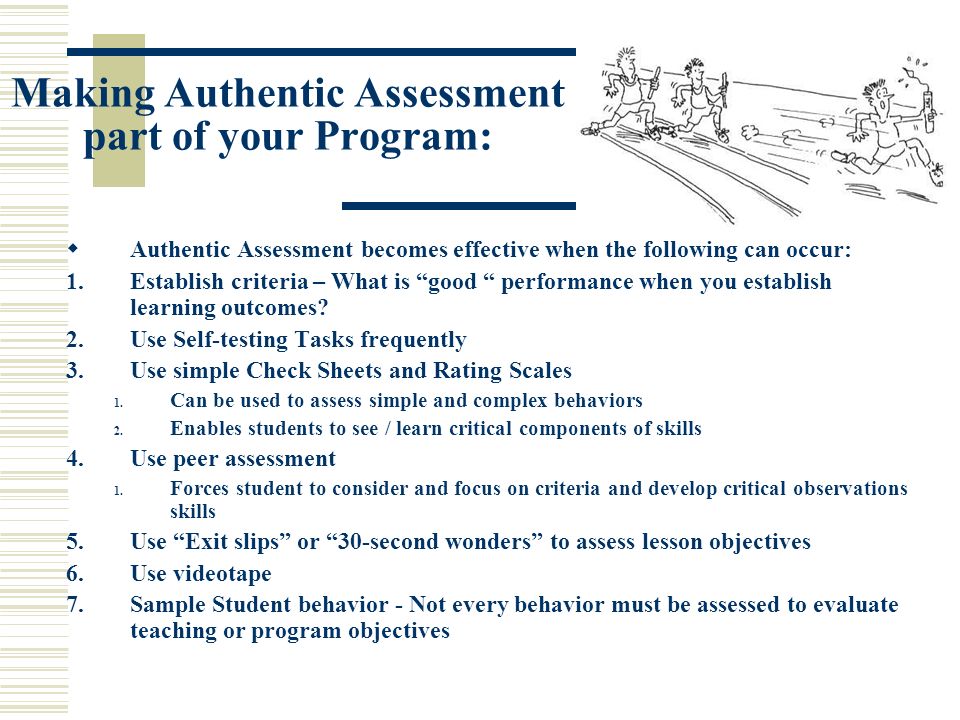Authentic assessment is a type of evaluation that assesses a student's knowledge, skills, and abilities in a real-world context. It is a more holistic and comprehensive approach to evaluating student learning that goes beyond traditional methods such as multiple choice tests and essays. Authentic assessment examples include projects, presentations, portfolios, simulations, and performances.
One example of authentic assessment is a project. This could be a research project, a design project, or any other type of project that requires students to apply their knowledge and skills to a real-world problem or challenge. For example, a student may be asked to design a website to showcase their understanding of HTML and CSS. A student may also be asked to conduct a scientific experiment to demonstrate their understanding of the scientific method.
Another example of authentic assessment is a presentation. This could be a oral presentation, a poster presentation, or any other type of presentation that requires students to communicate their ideas and findings to an audience. For example, a student may be asked to give a presentation on a historical event they have studied in their history class. A student may also be asked to give a presentation on a science project they have completed.
Portfolios are another example of authentic assessment. A portfolio is a collection of a student's work that demonstrates their skills, knowledge, and abilities over time. Portfolios can include a variety of different types of work, such as writing samples, artwork, and photographs. For example, a student may be asked to create a portfolio of their writing samples to demonstrate their writing skills.
Simulations are another example of authentic assessment. A simulation is a controlled environment that allows students to apply their knowledge and skills to a simulated situation. For example, a student may be asked to participate in a simulated business meeting to demonstrate their understanding of business concepts and communication skills.
Performances are another example of authentic assessment. A performance is any type of presentation that requires students to demonstrate their knowledge and skills through a performance, such as a musical performance or a theater performance. For example, a student may be asked to give a musical performance to demonstrate their understanding of music theory and performance skills.
Overall, authentic assessment examples provide a more comprehensive and authentic way to evaluate student learning. They allow students to apply their knowledge and skills to real-world situations, which can better prepare them for success in the future.
examples: authentic tasks: mathematics (Authentic Assessment Toolbox)
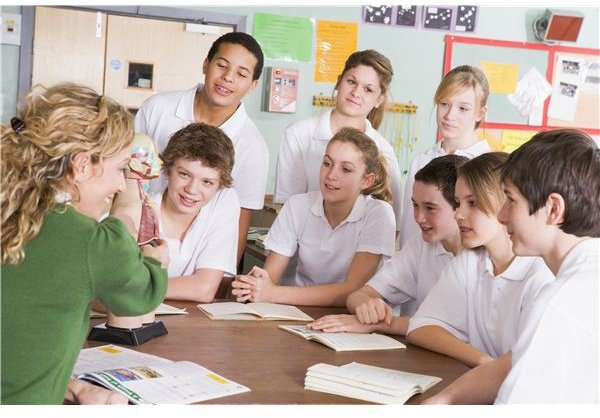
We tend to be drawn to authentic people because they exude trustworthiness and confidence. For example, if you are in a job or relationship that does not make you happy or makes you act differently to who you truly are, you leave it. Design-based learning can be implemented in major coursework in design fields like industrial design, environmental, architecture, graphic design, and engineering as well human-centered fields like law, psychology, anthropology, and business. Traditional assessments methods widely used include short answers, essays and multiple-choice tests and true and false tests. For the teacher, the assessment needs to be meaningful in that it accurately reflects what the learner has learned. Project-based Learning Project-based learning involves student interest, choice, and autonomy to create a student-centered experience. In agriculture students might be required to find out what kind of conditions a certain crop needs in order to grow and reproduce well.
What are some examples of authentic assessment?

With many multiple choice tests, even really well designed ones, the data most instructors are getting is how good their students are at answering multiple choice questions, not necessarily a measure of how well students understand course material. What is the assessment of science lesson? For example, the professor divides the class into teams of three. For example, a language arts teacher may assign a short story reading about a historical event or current affair. Graded feedback has been around for decades. Retrieved from: Jones, T. An example of a writing scenario could involve a historical event or person, where students write a letter providing advice to a historical person or take on the role of a historical person to suggest ways to address the historical event. Each side gets to present their case, call witnesses, and conduct questioning.
Online Proctoring Authentic Assessments

What if there was an easy way to evaluate students in a real-world context? Responses indicate proficiency levels on the skills and learning outcomes being measured such as communicating, prioritizing, critical-thinking, and problem-solving. The final product or performance is used as the summative assessment to confirm student outcomes and the project plan will have a timeline for submitting deliverables for formative feedback. If project-based learning is completed collaboratively, then a group of students works together to demonstrate the application of their collective knowledge and experiences. In major coursework, students can develop workforce readiness while demonstrating proficiency in learning objectives during the scenario-based learning. End of newsletter promotion. Lastly, students present their product or performance asynchronously using a video recording tool like Design-based Learning Design-based learning or design thinking involves creativity, critical thinking, and brainstorming to solve human-centered problems.


